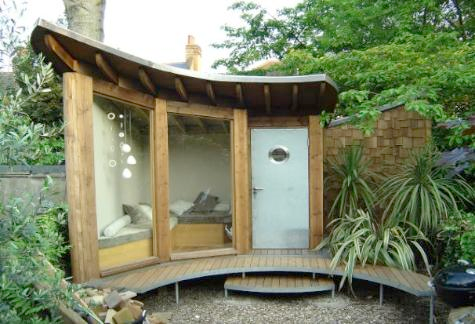Different Types Of Shed And How To Choose The Right One

A shed, also known as a Tool shed, typically refers to a single storied structure which is placed in an allotment or in the gardens. It is commonly used as a storage option, as a personal workshop or as a place to undertake various hobbies. Other applications of the sheds can also be found in industries, factories, godowns and farms. Most sheds vary from one another in terms of various complexities such as their size or shape. The main types of sheds which are constructed all over the world include a metal sheathing and frame, an all wood construction shed and a plastic sheathing and frame. A shed typically includes electrical outlets, windows and shingled roofs.

Thanks to the advancements of modern technology, sheds can now be constructed using a wide range of materials and therefore can be made to blend in completely with the house without obstructing its décor. Each type of construction has its own set of advantages and disadvantages and the final choice depends on the preferences and the requirements of the users.
Author Bio
George Philips is a freelance journalist and researcher. He is known for his extensive research in the field of home building and garden fixtures. He has written a number of articles on handmade and custom based garden and on variety of range for home sheds. This post was brought to you by ilikesheds, the UK’s leading online shed superstore.
Comments are closed.

Thanks to discuss the types of sheds with us and to make it easy to choose a shed for ourselves according to our need.
The different types of sheds are really interesting to see but that is the difficult task to do either which has to be chosen for yourself according to the suitability, Thanks for making it easy to choose the shed according to our need.